When choosing a smartphone, monitor or TV, buyers are wondering if it’s worth paying extra for a model equipped with an AMOLED or OLED display, or is it better to stick with IPS. These types of matrices have their own advantages and disadvantages, and the choice is far from obvious.
What is an IPS matrix?
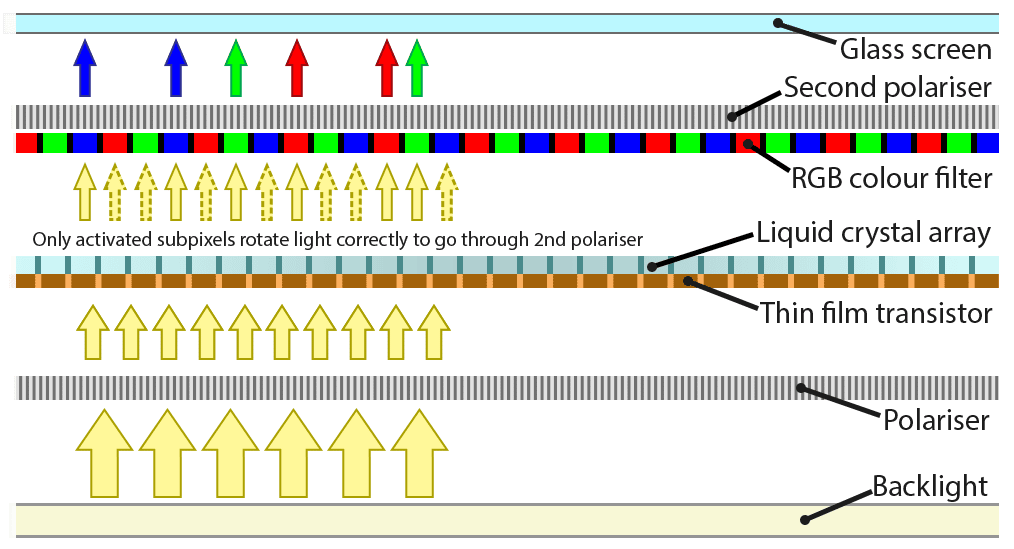
IPS display – specifications
Undoubtedly, today it is the most popular type of screen. They are highly appreciated by gamers and movie lovers. What elements of the IPS matrix owe such user trust?
- Design – in IPS matrices we are dealing with the movement of liquid crystals in a direction parallel to the screen surface. In the case of screens of the older type (TN), the crystals were arranged perpendicularly. The use of new technology meant less light scattering from the sensor, resulting in wide viewing angles and excellent color reproduction. There has been a revolution in the monitor market, which today is full of new IPS screens.
- Viewing angles are an extremely important parameter that largely determines the comfort of use. Wide viewing angles allow you to see a clear image from anywhere in the room. This is especially noticeable when watching a movie.
- Color palette . Realistic colors will allow you to work comfortably and have fun. This is the strongest side of this type of matrix.
- Black reproduction – although an IPS monitor will display millions of vibrant colors, be aware that black reproduction is slightly weaker than other displays.
- Response time – this parameter is very important for gamers, although others. The response time determines how long the monitor screen takes to execute a user command. The first IPS panels gave way to competition in this area. However, some models boast lightning-fast 1ms performance. These monitors are often used by professional players.
- Refresh rate – determines how many animation frames the monitor screen can display in one second. This value is specified in hertz. This is another setting that has greatly improved over the first IPS screens. In this group of monitors, players will find devices up to 144Hz. Thanks to this, you can get sensational smoothness of animation. For office work, a monitor with a much lower refresh rate is fine.
- Resolution is a parameter that is directly related to the details of the image. The choice of IPS-matrix screens is so wide that we can perfectly adjust the resolution to our personal preferences. Full HD is a popular standard. However, users who expect the highest quality will definitely choose models with 4K technology. A revolution is slowly approaching, which has already brought the first models with impressive 8K resolution.

Worth knowing! Super IPS, Advanced Super IPS and IPS Provectus matrices have appeared on the market. Details have been added to them that have improved contrast and color reproduction.
| Advantages | Flaws |
| Color rendering | Low contrast |
| low price | |
| Durability |
What is OLED and what are its advantages?
OLED is organic light emitting diode. It is also the name for displays used in televisions and other devices using LEDs made from organic compounds. Unlike LCD panels (with LED diodes), they do not require additional backlighting, as they can emit light on their own. From this follow their most important advantages and disadvantages (to which we will turn shortly). OLED displays have a much simpler structure than LCDs. They can be compared to “sandwiches” of several dozen very thin layers of organic materials. Depending on the technology used – RGB or RGBW – such panels consist of three or four LED sub-pixels: red, green and blue and possibly white.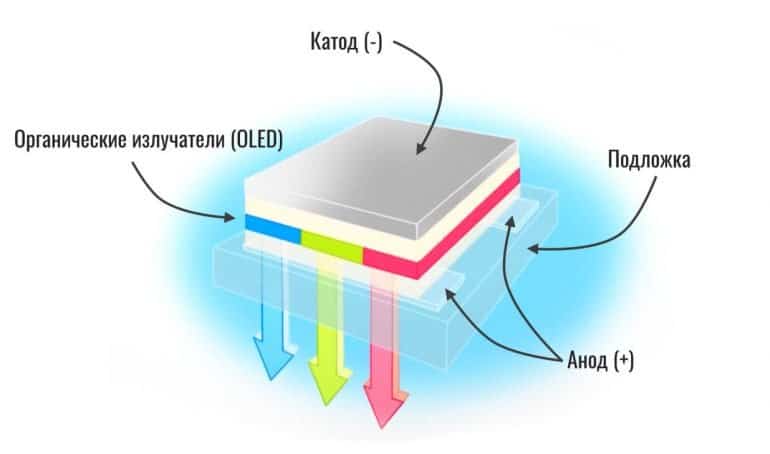 The principle of operation of the OLED display[/ caption]
The principle of operation of the OLED display[/ caption]
| Advantages | Flaws |
| Perfect black | The high price of devices |
| High contrast | Risk of image burn-in (afterglow) |
| Realistic colors | |
| High fluidity of movement |
What is AMOLED?
AMOLED, or Active Matrix Organic Light Emitting Diode (or Enhanced Matrix OLED), is nothing but an improved version of OLED diodes. An AMOLED display can be less than 1mm thick and deliver excellent image quality without the need for a backlight. Compared to OLED screens, AMOLEDs consume less power while delivering longer runtimes. They also feature a wide viewing angle and black reproduction. Devices with an AMOLED screen can be used on a sunny day and the picture quality will be much better than other displays. In addition, when comparing, for example, AMOLED and OLED, one should pay attention to the much better black reproduction due to the fact that in AMOLED technology, black is nothing but pixels turned off – a simple solution, which has many advantages. In addition, AMOLED is an active matrix in which each pixel is directly activated – the corresponding circuit applies voltage to the cathode and anode materials, stimulating the middle organic layer. As a result, pixels on AMOLED displays turn on and off three times faster than on a traditional OLED screen. These matrices are of different types:
- Super AMOLED – Super AMOLED displays have self-emitting diodes that provide faster response times and higher contrast levels for a more detailed and crisp display.
- Super AMOLED Plus is a more energy efficient version of AMOLED displays,
- Super HD AMOLED is a version for people who want to get an image in HD resolution, i.e. 1280×720 pixels. Another, improved version of this version is Super AMOLED Full HD,
- Super AMOLED+ is a slightly brighter Super AMOLED equivalent that also runs at a higher resolution – qHD 960×540 pixels.
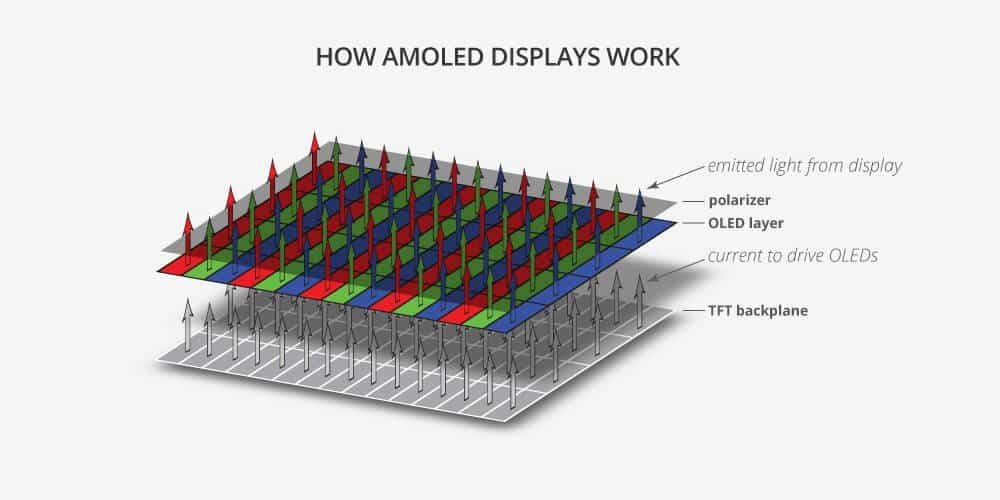
| Advantages | Flaws |
| Wide viewing angles | oversaturated images |
| Large color gamut support | |
| Excellent black display | |
| Long battery life with darker colors |
What to choose?
https://youtu.be/I5Zh3v841E4 In fact, AMOLED and OLED are two extremely similar technologies. AMOLED has firmly established itself in the smartphone market, and this is where we will find most devices with this technology. Energy efficiency is extremely important for phones, as it allows you to extend the battery life on a single charge cycle. OLED displays are virtually unmatched in the TV market. The biggest brands assemble panels for the top models, offering users the perfect image, deep blacks and perfectly reproducible colors. It is this technology that should be chosen at the time of purchase, as it provides the best value for money, and also generates excellent colors. Unfortunately, it is not possible to pick a unanimous winner in the OLED vs AMOLED comparison. Of course both solutions are much better and more promising, than IPS screens. However, such devices are a good compromise for economical people. If image quality is not that important to you, then an IPS panel should meet your expectations.
| IPS | OLED | AMOLED | |||
| pros | Minuses | pros | Minuses | pros | Minuses |
| Color rendering | Low contrast | Perfect black | The high price of devices | Wide viewing angles | oversaturated images |
| low price | High contrast | Risk of image burn-in (afterglow) | Large color gamut support | ||
| Durability | Realistic colors | Excellent black display | |||
| High fluidity of movement | Long battery life with darker colors | ||||
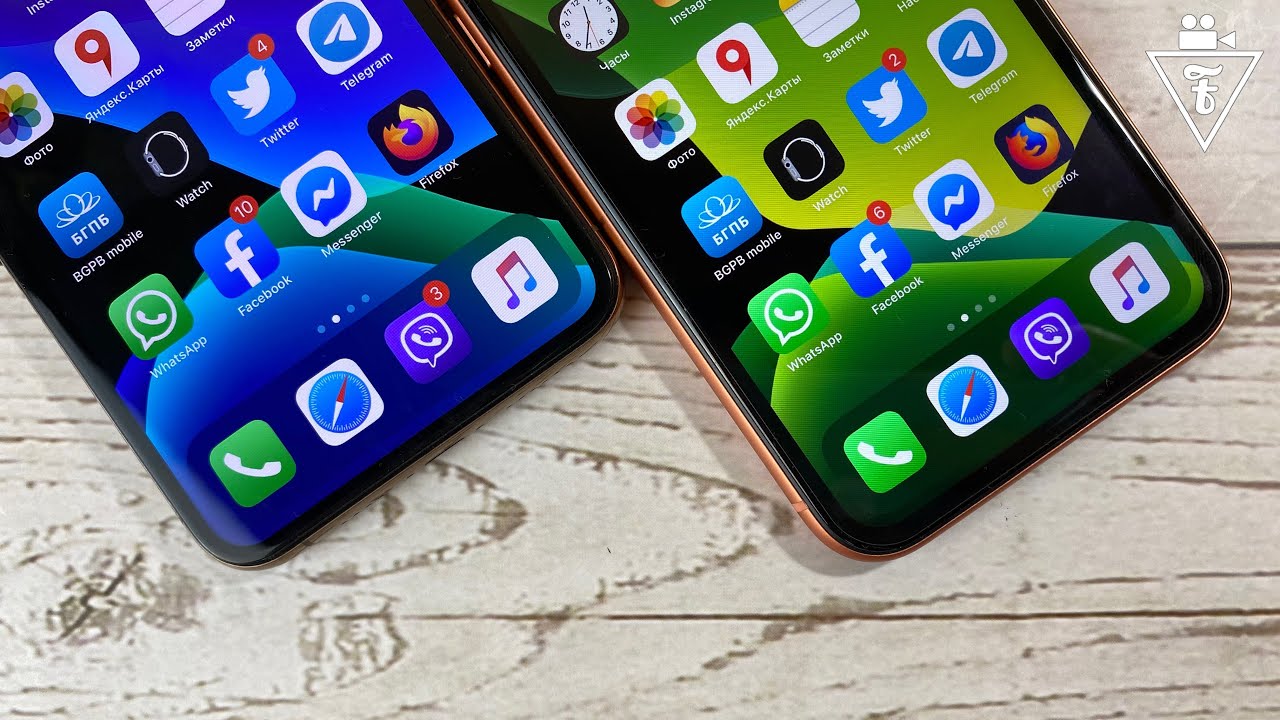


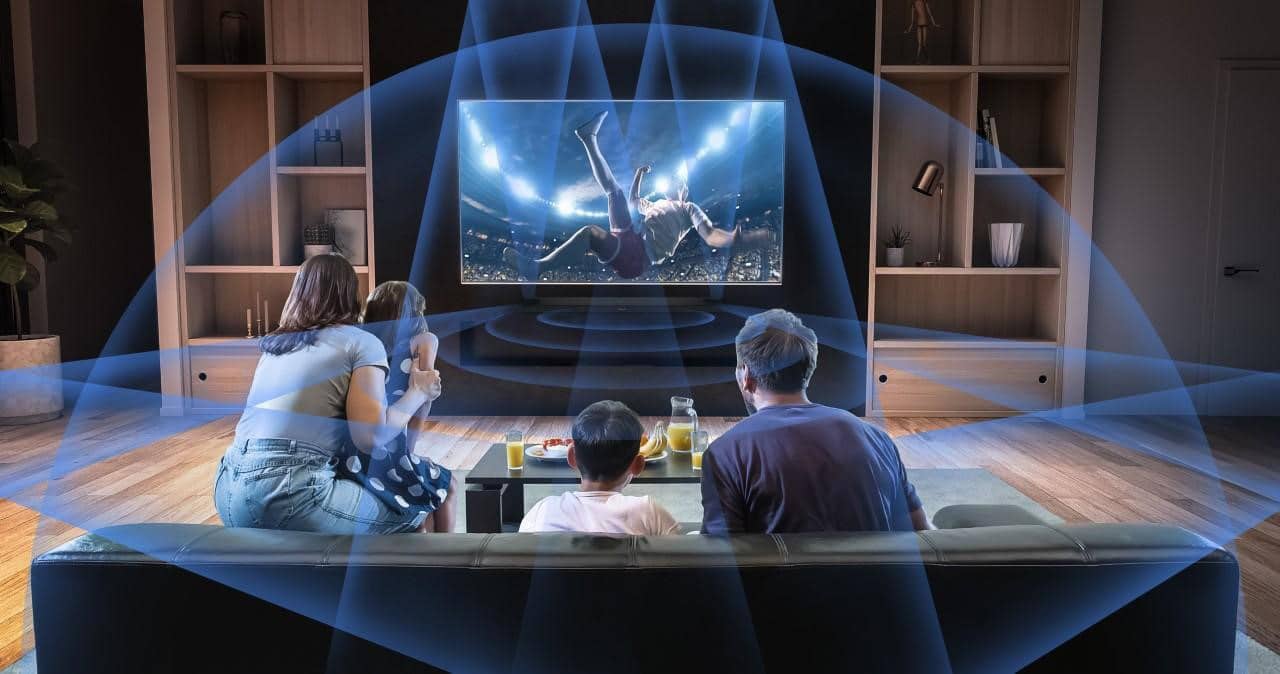

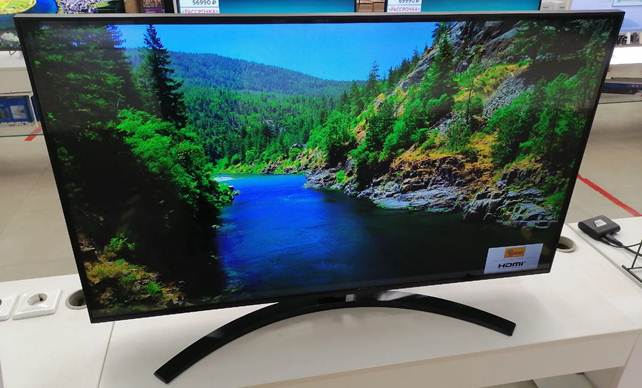
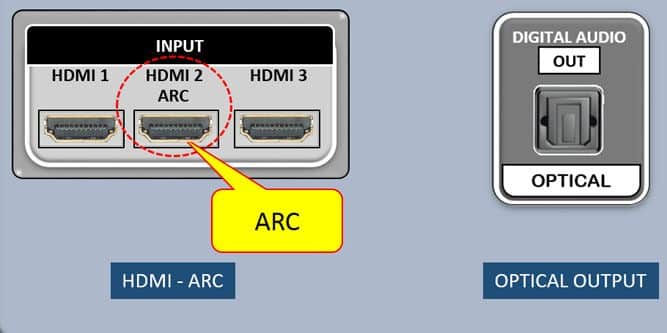

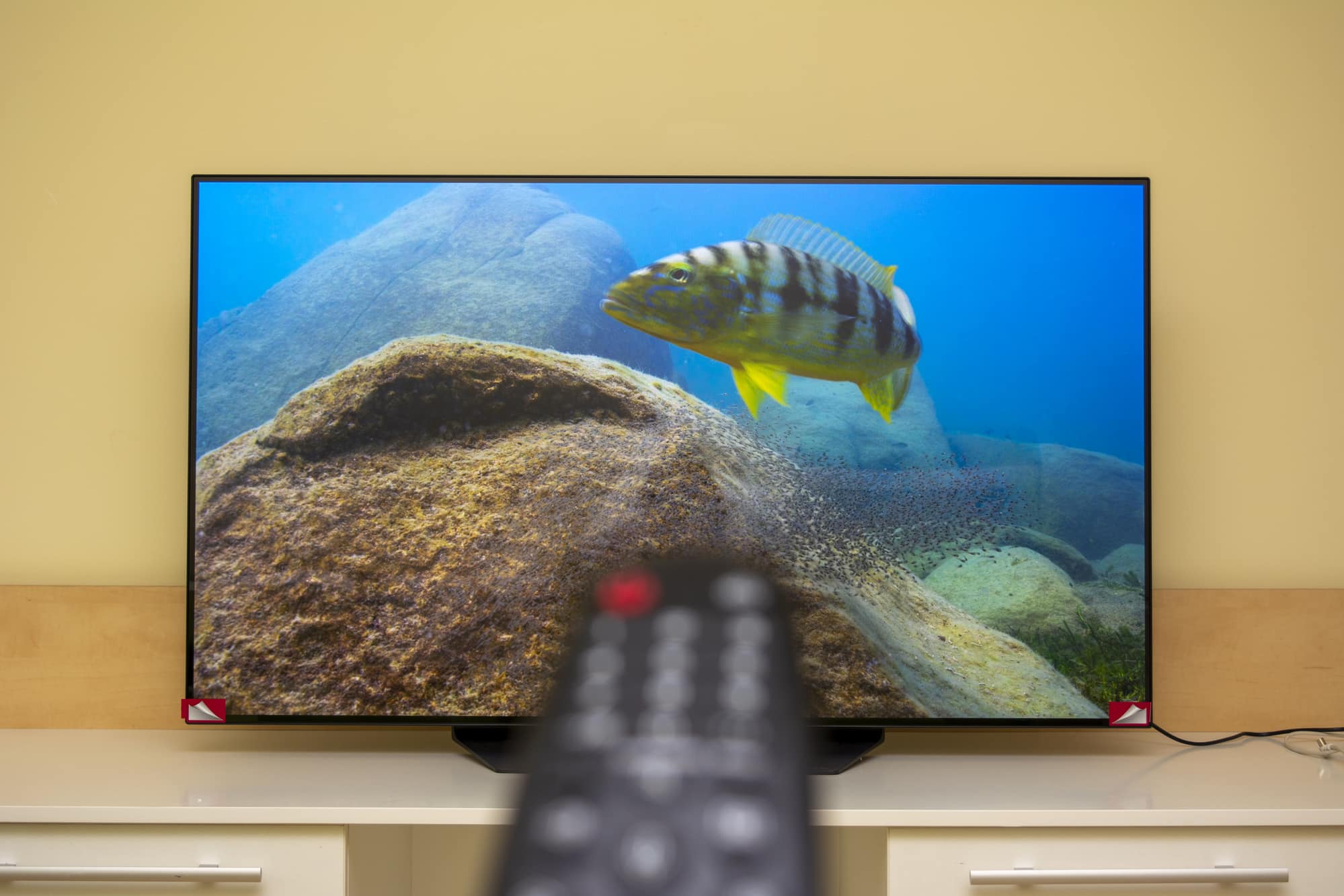
🙂 🙂 🙂 😆 💡